From social media marketing to Google Analytics
Feeling jolly at Christmas, I wanted to be useful . And thought, if you find a little time in-between now and the New Year, it’s a good opportunity to do a little social media housekeeping. Here are immediate future’s top 14 recommendations (seriously, we are doing our tidy up too!) that will improve your social footprint no end. Get them all done and you’ll hit the ground running in January!
Verify your Google profile – Google+ made huge advances this year but try some simple updates. If you haven’t already, customise your URL so your company page is legitimate and easier to find and share.
Prepare for a crisis – While it’s quiet, take a step back and look at the risks and vulnerabilities in social. Where could you improve? How will you go about making change? Who else in your company could you tempt with mince pies to get some advice? And save your social posts using the lovely Social Safe – http://bit.ly/savesocial -‘just in case’
Read “Share This Too” – A great book on social. And not just because we are co-authors, but because it has insights from over 30 of the leading practitioners in social media and PR! (it’s produced by the CiPR too)
Test Twitter Cards – Get to grips with Twitter’s Lead Generation Cards; these allow you to collect leads directly from tweets. Christmas is a great time to trial new things, and these have no form for users to fill in – an added bonus!
Review existing content – Now is a good time to look back at resources and images. How do they look? Are they all on brand? Dig into your audiences and plan ahead to deliver the hard-hitting content that they want. Be creative. Experiment!
Take a Google Analytics course – Insights are everything. Make the most of your time off over Christmas and brush up on your analytical skills. It used to cost $50 but now you can learn for free!
Do more with LinkedIn – Sponsored Updates let businesses promote any post from their company page directly into a specific demographics’ news feed. It’s the coolest thing since sliced bread, and leaves a trail of breadcrumbs for your customers to follow.
Champion your success – Had a good year? Tell your colleagues about it! Show-off your work with internal presentations, newsletter and creative comms using Vine, videos, infographics… Celebrate your social success!
Competitor analysis – Step back to get a better view of the landscape. Take stock of threats and opportunities and work them into a viable framework to build up your online strategy.
Play with video – Now you can create and edit videos on the Instagram app as well as photos. And what’s more, these videos exceed the 6 second restriction of Vine, so it’s worth testing which platforms work best for you.
Get on the right side of the law – The UK legal system wasn’t made with social in mind so it has had to adapt. Get better prepared for legislation in 2014 with our free resource (including real life examples of what not to do, it’s well worth a read!) Download Risky Business: How to stay legal when using social media.
Lay down the law – Once you’re aware of the legal risks, you’ll no doubt want to get your housekeeping in order. Download The Social Media Policy Workbook to draft your new company policy; it covers everything from changing passwords to protecting the company against liability caused by your workforce.
Cut your losses – Think about the platforms that you’re using; do they suit your brand? Are you reaching your audience effectively? Close down redundant profiles and re-focus your efforts on active sites.
Surf the net for inspiration – This is a great time to do a bit of research. Some casual surfing can land you with great ideas for the next twelve months. Start by checking out what competitors have been up to!
So there you have it. 2013 was the year that Twitter went public, Facebook launched Graph Search, and Instagram allowed video and Direct Messages. Next year looks to be more eventful. So getting a few of these tasks done will stand you in great stead for 2014. And do shout of you need a bit of advice! I am happy to help.
All the best for 2014!
from Smart Insights http://www.smartinsights.com/managing-digital-marketing/personal-career-development/14-practical-marketing-ideas-2014/
via IFTTT




 Thanks to
Thanks to 


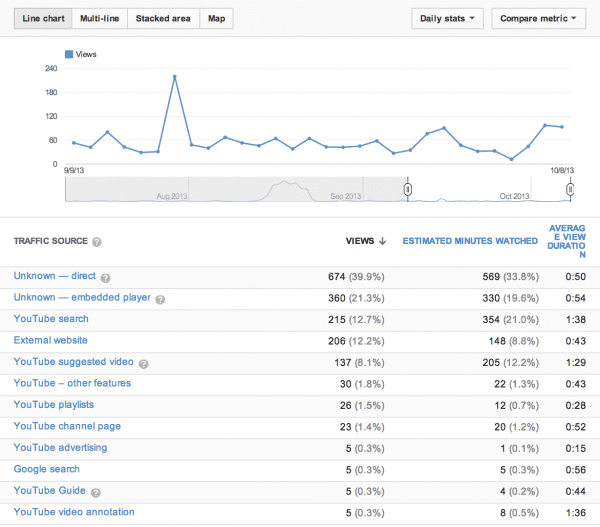
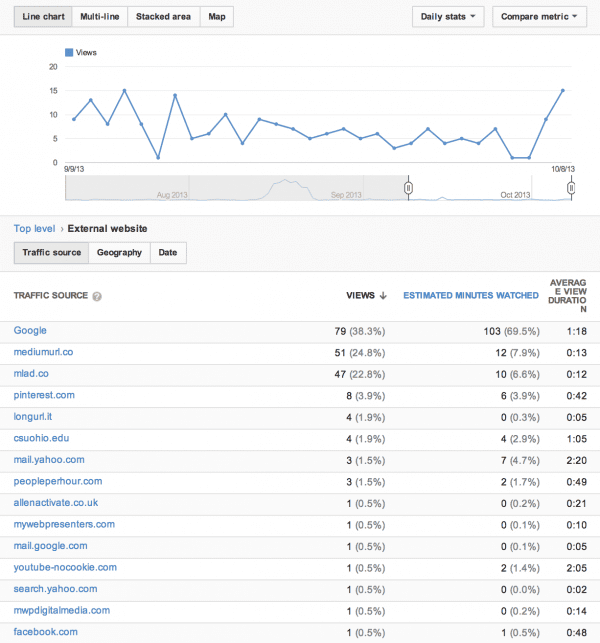
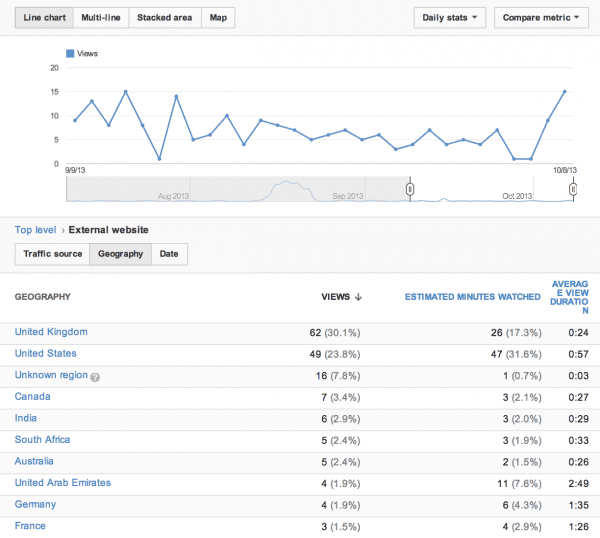
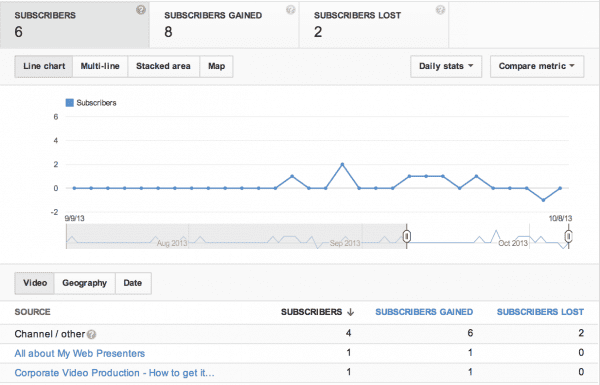
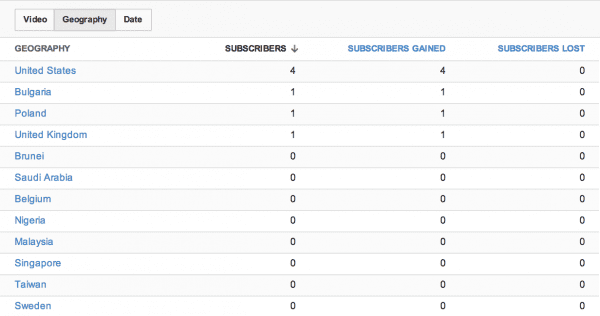
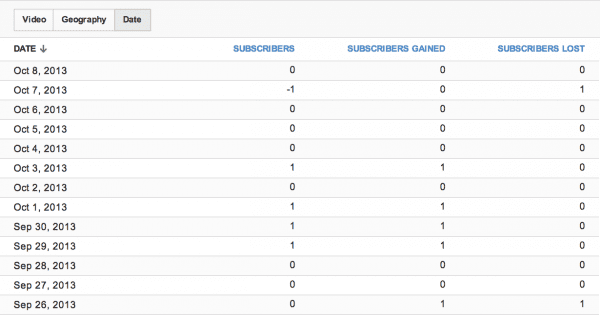
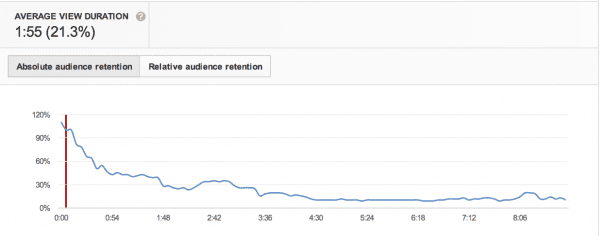
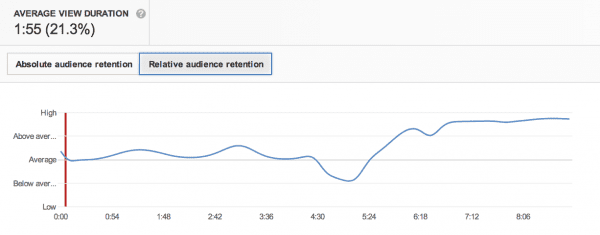
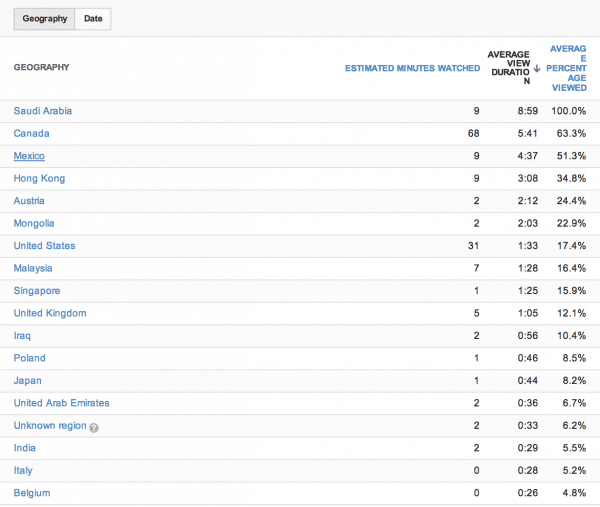

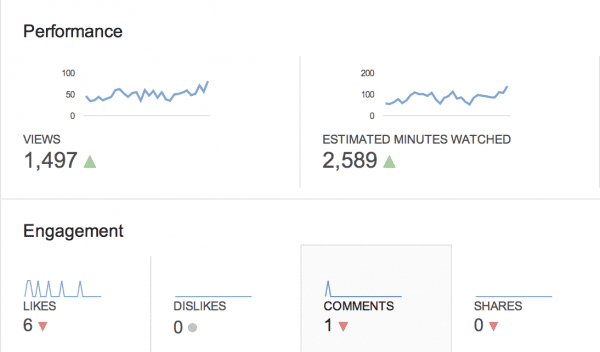
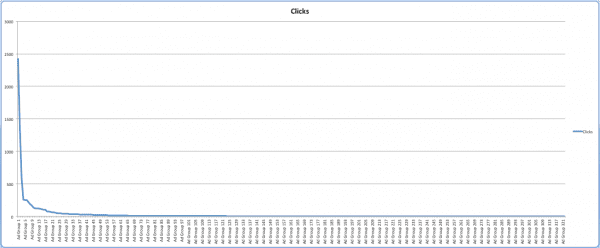
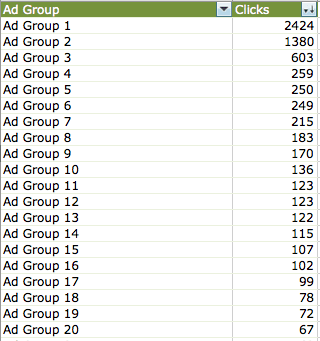
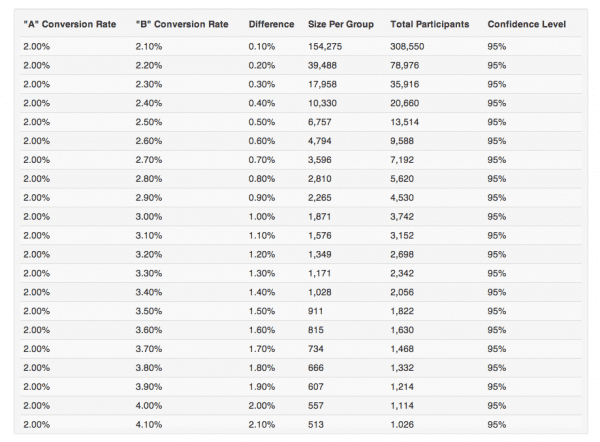
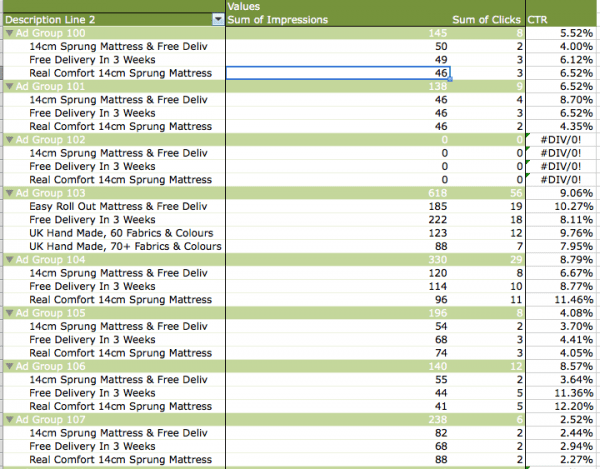


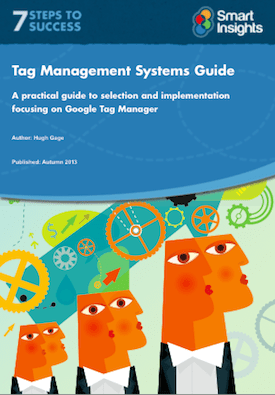
 Thanks to
Thanks to